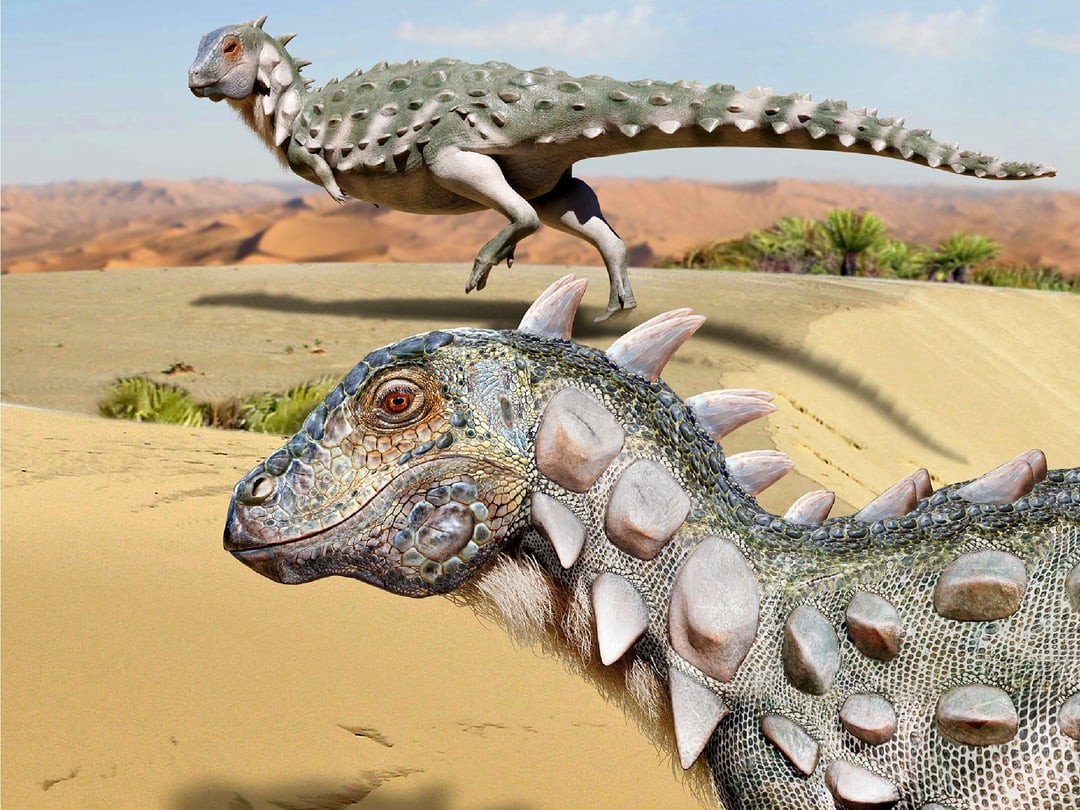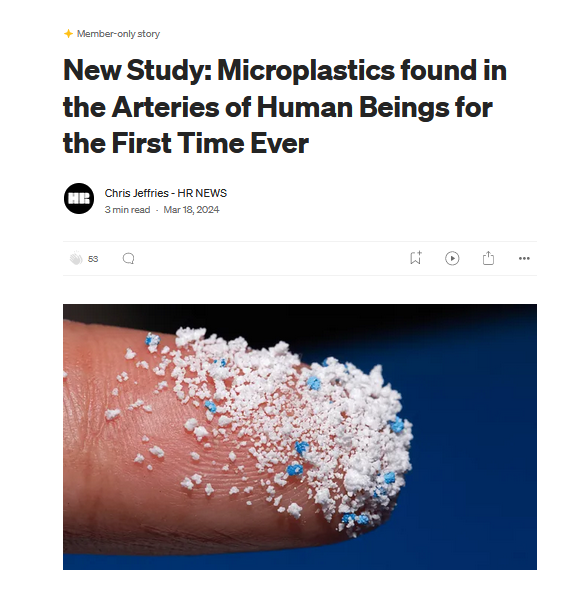News coverage: https://www.bbc.com/future/article/20240219-zombie-deer-disease-risks-for-humans
Abstract
spoiler
Objective:
This study presents a cluster of Creutzfeldt-Jakob disease (CJD) cases after exposure to chronic wasting disease (CWD)-infected deer, suggestive of potential prion transmission from CWD-infected deer to humans.
Background:
CJD is a rapidly progressive central nervous system disorder caused by misfolded prion proteins. CWD, a prion disease prevalent in North American deer, has raised concerns due to its possible link to CJD. Although no conclusive evidence of cross-species prion transmission exists, vigilance for such cases is crucial for public health.
Design/Methods:
Not applicable.
Results:
In 2022, a 72-year-old man with a history of consuming meat from a CWD-infected deer population presented with rapid-onset confusion and aggression. His friend, who had also eaten venison from the same deer population, recently died of CJD, raising concerns about a potential link between CWD and human prion disease. Despite aggressive symptomatic treatment of seizures and agitation, the patient’s condition deteriorated and he died within a month of initial presentation. The diagnosis was confirmed postmortem as sporadic CJD with homozygous methionine at codon 129 (sCJDMM1). The patient’s history, including a similar case in his social group, suggests a possible novel animal-to-human transmission of CWD. Based on non-human primate and mouse models, cross-species transmission of CJD is plausible. Due to the challenge of distinguishing sCJDMM1 from CWD without detailed prion protein characterization, it is not possible to definitively rule out CWD in these cases. Although causation remains unproven, this cluster emphasizes the need for further investigation into the potential risks of consuming CWD-infected deer and its implications for public health.
Conclusions:
Clusters of sporadic CJD cases may occur in regions with CWD-confirmed deer populations, hinting at potential cross-species prion transmission. Surveillance and further research are essential to better understand this possible association.
Disclosure: Mr. Trout has nothing to disclose. Dr. Roberts has nothing to disclose. Dr. Tabet has nothing to disclose. Dr. Kotkowski has nothing to disclose. Dr. Horn has received personal compensation in the range of $500-$4,999 for serving as a Consultant for Cala Trio. The institution of Dr. Horn has received research support from Alzheimer's Association.
This only seems to be available as an abstract. I've tried tracking down the full study through my university's journal access but can't seem to find it. Can anyone else?





